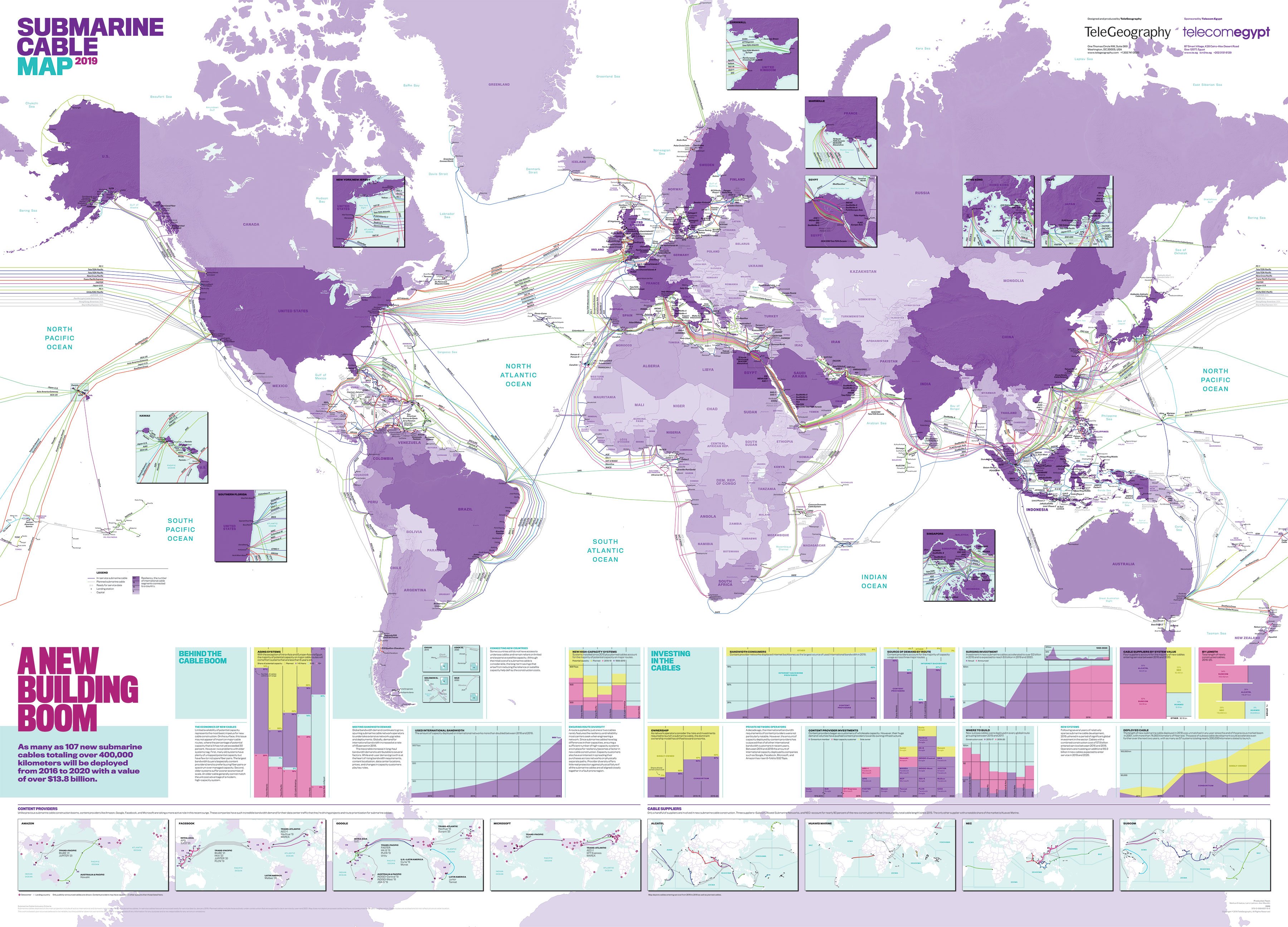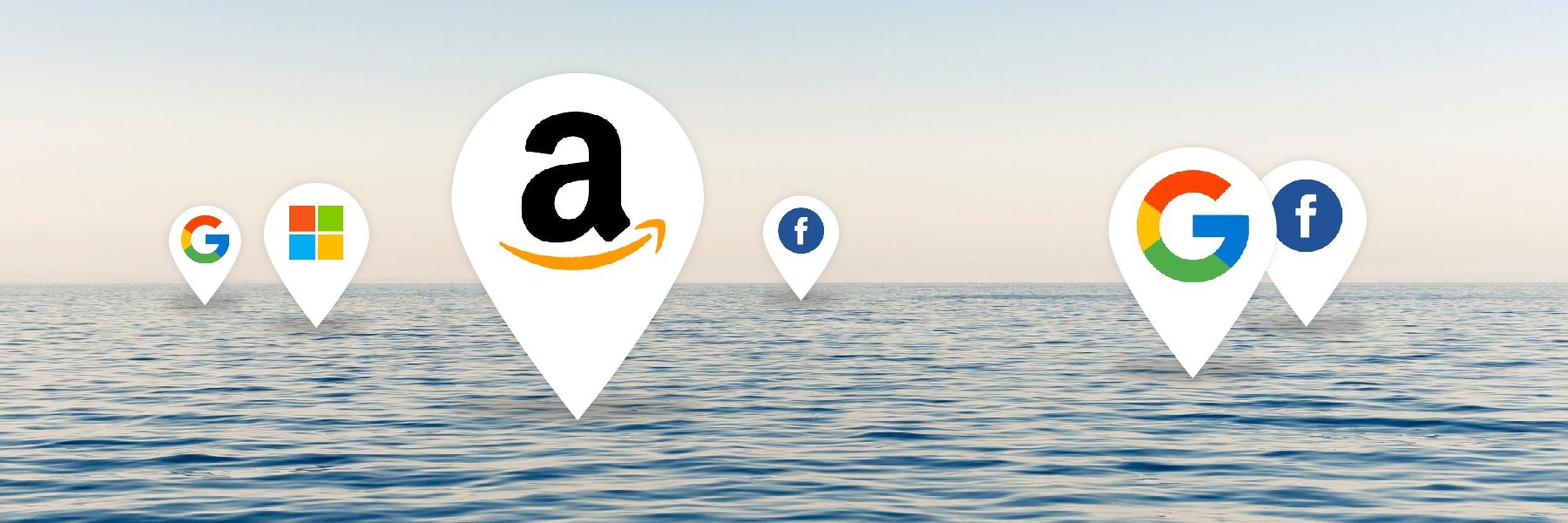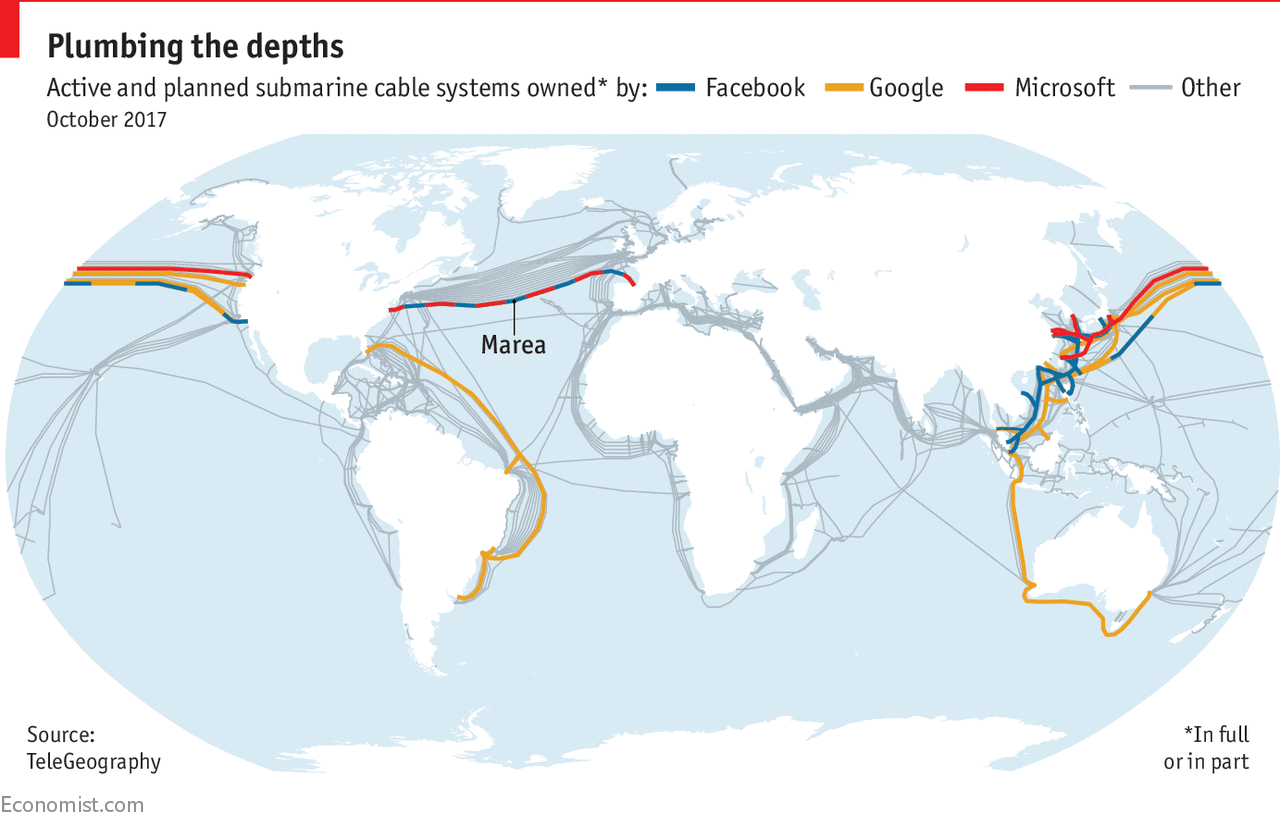Transmitters for broad-scale tracking are usually placed under the dorsal fin of the shark, while acoustic tags are often implanted.
These enable fine-scale spatial monitoring of reef sharks with high fidelity to their tagging reef that remain within range of the receivers.
The sudden disappearance of 15 tagged reef sharks indicated an atypical event, in this case an illegal fishing operation.
Image by David Curnick, courtesy of ZSL.
From Mongabay by Sophie Manson
- Sharks become unlikely detectives as marine ecologists discover a link between their acoustic telemetry data and the presence of illegal fishing vessels.
- Researchers acoustically tagged 95 silvertip and grey reef sharks to assess whether the creation of the British Indian Ocean Territory (BIOT) Marine Protected Area was helping to protect these species.
- Detailed in a recently released paper, the almost simultaneous loss of 15 acoustic tags coincided with the capture of two illegal fishing vessels, arrested for having 359 sharks on board.
- While helping to map sharks’ movements around the reef, scientists expect that they will be able to use data collected from the acoustic tags to predict the presence of illegal fishing vessels.
In April 2015, researchers headed out to the Chagos Archipelago in the Indian Ocean to service acoustic receivers they had dotted around the archipelago, and to download tag data from the 95 grey reef and silvertip sharks they had tagged a year prior.
Little did they know that over the course of 10 days during the previous December,
15 of their tagged individuals had been illegally fished.
Illegal fishing has increased in one of the worlds largest Marine Protected Area (MPA) since it was set up in 2010.
The
Chagos Archipelago, otherwise known as the British Indian Ocean
Territory, created among controversy, boasts the BIOT Marine Protected
Area comprising of 210,040 square miles of marine habitat, including an
archipelago of seven atolls, at least 70 islands, and some of the
world's most pristine coral reefs.
Researchers had previously recorded sharp declines in reef shark abundances .which the creation of the MPA had hoped to reverse.
But
research now suggests that the removal of reef fish has increased since
2013, and that sharks are being deliberately targeted.
Between
2010 and 2015, 91% of illegal fishing vessels in the BIOT had sharks on
board, and when present, sharks made up 79% of the catch.
Over
2,000 sharks may have been caught in December 2014 alone, including
more than 200 grey reef sharks and almost 900 silvertip sharks.
This would have constituted a loss of one-third of the shark population in that part of BIOT.
However, conservationists believe technology will enable conservation to make significant progress in coming years.
The Chagos Archipelago, otherwise known as the British Indian Ocean Territory (BIOT), boasts one of the largest marine reserves in the world.
The
BIOT Marine Protected Area was created in 2010 and comprises 544,000 square kilometers (210,040 square miles) of marine habitat, including an archipelago of seven atolls, at least 70 islands, and some of the world’s most pristine coral reefs.
Salomans Atoll in the Chagos Archipelago: the atolls are believed to serve as nurseries for juvenile sharks.
Image by Anne Sheppard.
The British Government created the reserve to conserve the archipelago’s biodiverse ecosystems, amidst concerns that increased fishing pressure from neighboring countries, including India and Sri Lanka, would decimate populations of important marine species.
The sheltered atolls of BIOT attract several species of pelagic and reef shark; here, mothers can give birth without their young being immediately threatened with predation, and juveniles can learn to hunt in lagoons before heading into the open ocean.
Researchers have been recording shark populations in BIOT since the 1970s, and it has become clear that the numbers they are witnessing now are not what they should be.
“[Researchers] recorded sharp declines in reef shark abundances… which the creation of the marine reserve in 2010 hoped to reverse,” said David Tickler, a researcher from the University of Western Australia studying the effects of illegal shark fishing in the Indian Ocean.
Sudden declines in populations of any species are never good news; however, sharks are particularly vulnerable to these changes due to their ambling life history.
“Sharks are very slow-growing,” David Jacoby, a Zoological Society of London (ZSL) researcher studying shark social networks in BIOT, told Mongabay.
“They’re very late to mature and they have very few offspring, so if you suddenly remove a large proportion of the population that are aggregating… then the recovery is long and the impacts can be huge.”
Acoustic telemetry of high-fidelity reef sharks
Acoustic telemetry is becoming an increasingly popular method of data collection for marine conservationists.
Researchers from ZSL, the University of Western Australia, and the Stanford University Hopkins Marine Station have collaboratively been using acoustic transmitters to track the movements of reef sharks around the marine reserve since 2013.
Researchers from the Zoological Society of London (ZSL) fit a silvertip shark in the British Indian Ocean Territory (BIOT) with a tracking tag.
Acoustic tags emit unique sound pulses that underwater receiving units record, along with the tag’s unique code, a time stamp, and optional environmental data.
Acoustic data can suggest residency patterns within the network of receivers, with gaps in detection assumed to be absences from the area.
Image by David Curnick, courtesy of ZSL.
“Acoustic tags transmit a series of sound pulses (a bit like Morse code), which are picked up by hydrophones [receivers] to locate the position of a tagged animal,” Tickler said.
“Depending on local conditions around a hydrophone, accuracy of position fixes can be a few hundred meters… [Therefore] acoustic telemetry is much better suited to relatively resident animals, such as reef sharks, whose movements are typically too short to be reliably detected with satellite tags.”
After rigorous development and strict ethical reviews, Tickler and colleagues acoustically tagged 47 grey reef sharks (Carcharhinus amblyrhynchos) and 48 silvertip sharks (Carcharhinus albimarginatus) in BIOT.
They monitored the sharks throughout 2013-2014.
“When we were putting these tags in, we wanted to find out what areas within the marine protected area and the archipelago are more or less important at certain times of the year than others,” said David Curnick, a ZSL researcher investigating the relationships between marine reserves and sharks.
“Seeing whether there is social clustering both in time and space, you can then direct monitoring [of illegal activity] and enforcement to these areas.”
Illegal fisheries target sharks
In 2015, MRAG Ltd. published a
paper detailing the extent of illegal fishing in BIOT.
The results suggested that the removal of reef fish has increased since 2013, and that sharks are being deliberately targeted.
Between 2010 and 2015, 91 percent of illegal fishing vessels in BIOT had sharks on board, and when present, sharks made up 79 percent of the catch.
These data concur with global fisheries statistics; the mass-capture of endangered sharks has been recorded off the coast of Argentina, along the Mid-Atlantic ridge, and in the Galápagos Marine Reserve where
6,000 sharks were found onboard one vessel.
These jaw-dropping figures are fueled by several factors; however, the demand for shark fin soup is by far the largest threat facing shark populations.
Shark fin soup is a traditional Chinese dish often served at weddings and other special occasions in China.
The soup usually contains meat from the dorsal fin of the shark, which gives the soup its texture, while other flavorings, such as chicken, provide the taste.
Since 2011, following a star-studded campaign, shark fin soup consumption in China has
decreased by a staggering 80 percent.
However, growing popularity of the dish in other areas of Southeast Asia, such as Thailand and Vietnam, could indicate shark fin’s disassociation from the expensive, exclusive meat it once was, and represent an increase in its availability, thus making the policing of biodiverse areas like BIOT even more critical.
Acoustic telemetry data uncover illegal fishing
Collecting data through wildlife tracking does have limitations, including their inevitable malfunction, damage to the tag, or the migration or predation of a tagged animal.
Even though acoustic tags have a life expectancy of up to 10 years, a certain degree of tag loss is expected.
Before April 2014, shark researchers in BIOT saw an average loss of 4.1 tags per month.
However, in December 2014, 15 tags stopped recording data over the course of ten days.
The scientists investigated these potential causes of tag loss, but all seemed unlikely given the baseline tag loss rate that had been established.
“We’d heard about a big illegal fishing incident from the fisheries officer in BIOT during the April 2015 expedition,” Tickler said.
“We didn’t think much more about it until we plotted out the tag detections and saw a big drop off in activity during the same month.
When we looked at the sighting and arrest reports from the marine reserve’s patrol boat, we found the sightings had all occurred just after our tags stopped transmitting.”
The scientists’ graph displaying the trend in tag loss rate from April 2013 to April 2015.
In December 2014, there is a sudden drop-off, which represents the 15 tags that stopped recording data.
Image is Figure 1 of Tickler et al (2019), “Potential detection of illegal fishing by passive acoustic telemetry” in Animal Biotelemetry, CC 4.0
The BIOT patrol vessel encountered 17 suspected illegal fishing vessels in December 2014, which coincided with the dates the tags stopped transmitting.
Authorities caught two of the vessels and found a combined catch of 359 sharks on board; grey reef and silvertip sharks made up half their catch.
Using historical fisheries data, and assuming that this was a typical catch, over 2,000 sharks may have been caught in December 2014 alone, including more than 200 grey reef sharks and almost 900 silvertip sharks.
This would have constituted a loss of one-third of the shark population in that part of BIOT.
After modelling the fishing events and tag losses, the team were able to prove that there was a link between the loss of 15 tags and the illegal fishing vessels found in December 2014.
“Our study showed that a small number of tags (fewer than 50) was sufficient to detect an illegal fishing event,” Tickler added, “most likely because we were monitoring one of the key target species of the illegal fishery.”
Using acoustic tags to tackle illegal fishing in BIOT
The research team in BIOT showed that by combining acoustic telemetry data, historical fisheries data, and recorded illegal activity, conservationists can successfully implicate illegal fishing vessels.
However, acoustic technology has a way to go before it can be used as a routine tracking method for illegal activity in marine reserves.
“In this case we were only able to analyze the data several months after the tagged animals had been caught,” Tickler said.
“New tag technologies being developed will allow tags to report their location the instant they are removed from the water, pinpointing fishing and allowing direct interception or observation of the vessels.”
Until data can be uploaded from tags faster than they are currently, the extent of illegal fishing will remain elusive.
But the data the team have and are continuing to collect are already helping them to understand where sharks are going to be and when, which is essential if marine reserves are to reach their full potential.
“If we can identify ecological hotspots of shark aggregations or areas where you see high movements between specific areas, and we know at what time of year they occur,” said Jacoby, “then we can direct the enforcement vessels to be there at that time on the off-chance that fishermen also have that information and are purposely targeting that area.”
ZSL researchers release a silvertip shark in BIOT after fitting it with an acoustic tag.
Advances in electronic tagging may help law enforcement reduce illegal fishing in protected areas by remotely detecting fishing events as they happen.
Image by David Curnick, courtesy of ZSL.
With acoustic technology improving each year, the potential for it to help conservationists monitor and detect illegal fishing in marine reserves is increasing.
Alongside acoustic technology, ZSL researchers are carrying out research to evaluate the effectiveness of sensors borne by aerial and aquatic drones, paired with the use of satellite imagery, to identify illegal activity.
Tickler is optimistic that technology will enable conservationists to make significant progress in coming years.
“Managing our impact on marine ecosystems will be a vital challenge in the coming decades, and technology that increases transparency and fosters more sustainable use of the ocean will be needed to ensure we do not exceed its limits,” he said.
“Using animals as sentinels, both to detect illegal activity and to monitor environmental conditions, extends our capabilities and reach, making us more effective stewards of our oceans.”
Links :
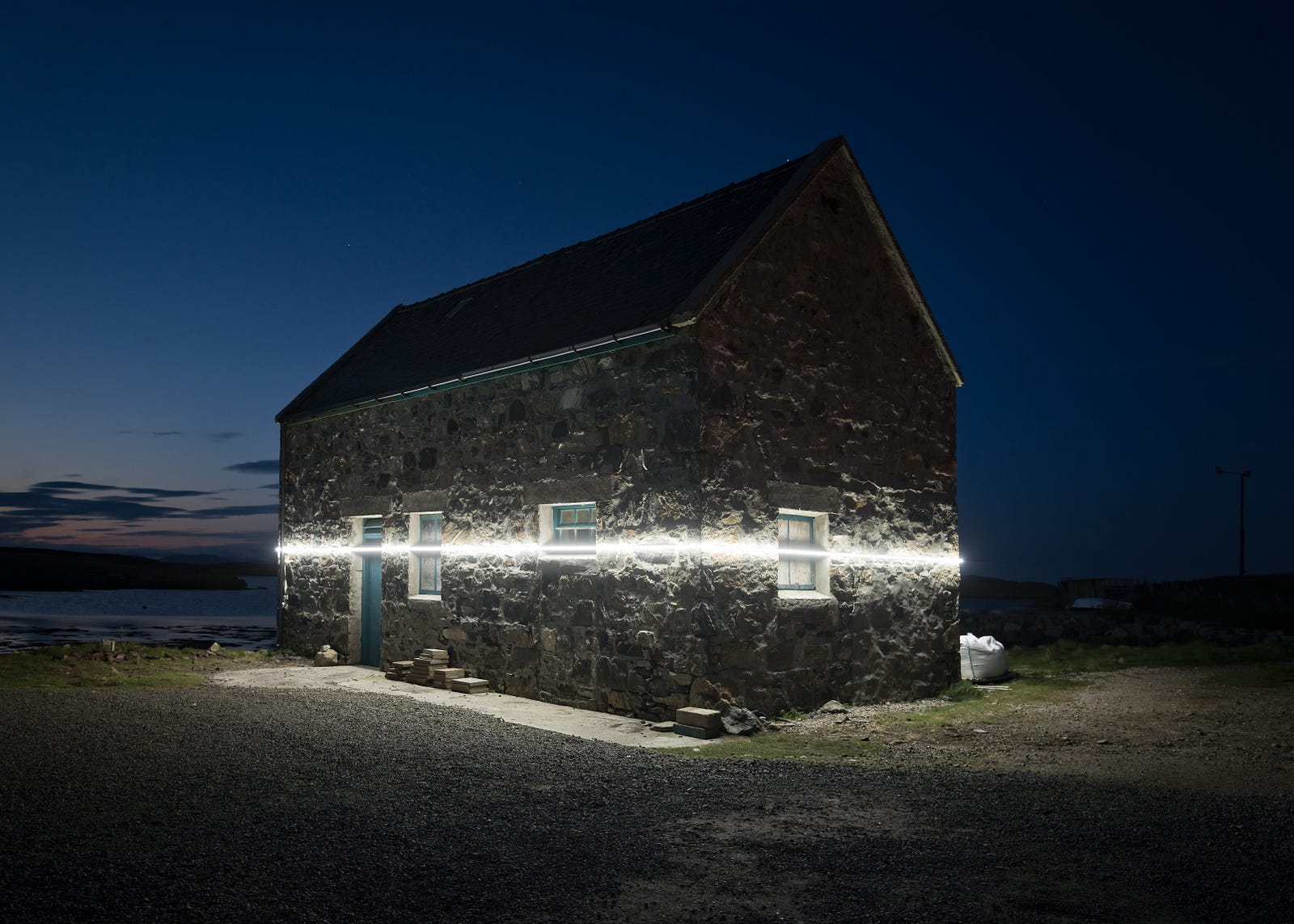

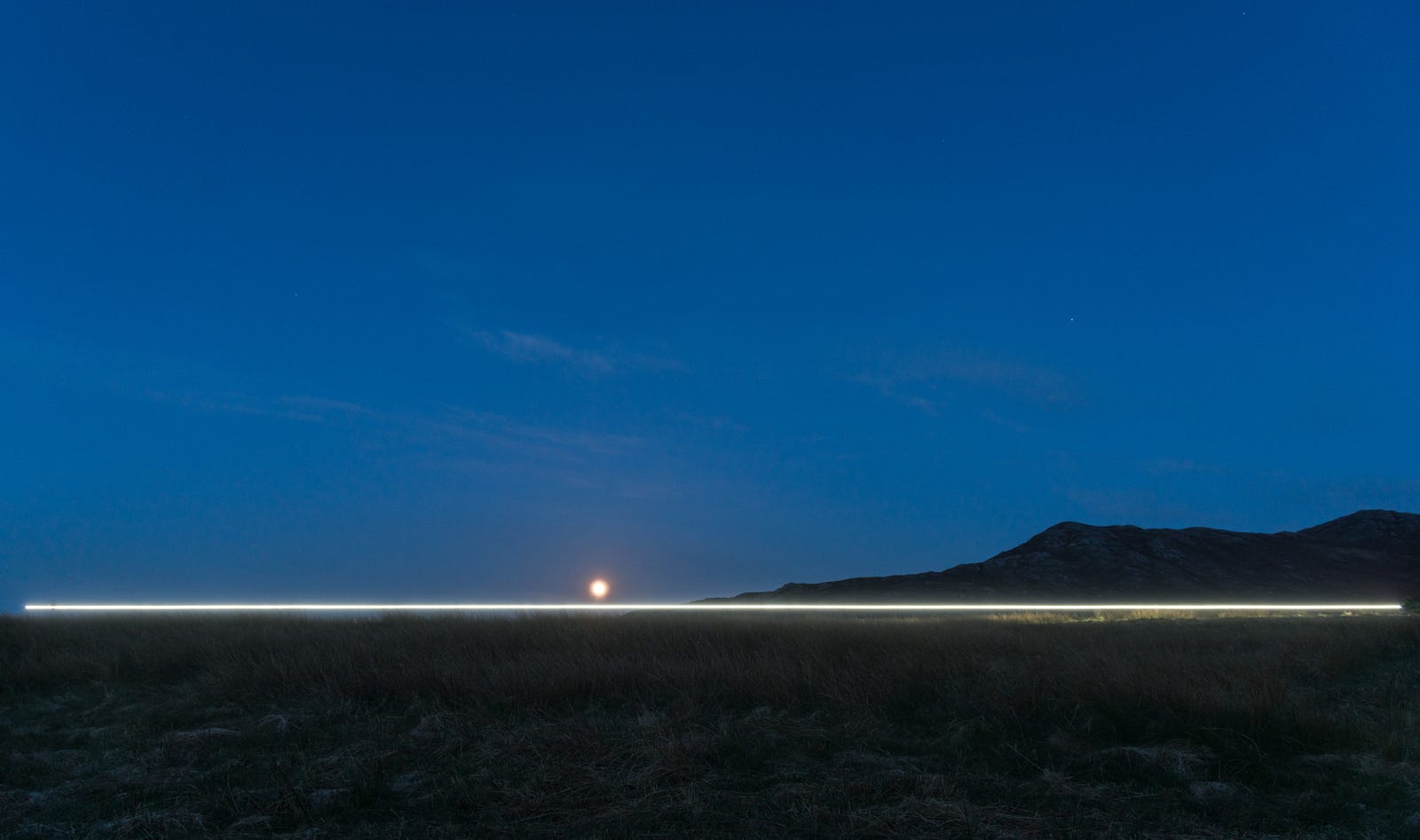







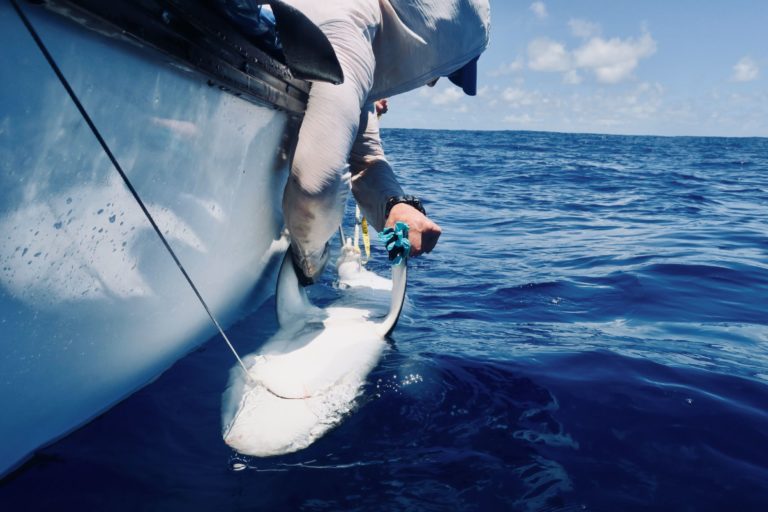








.jpg)


